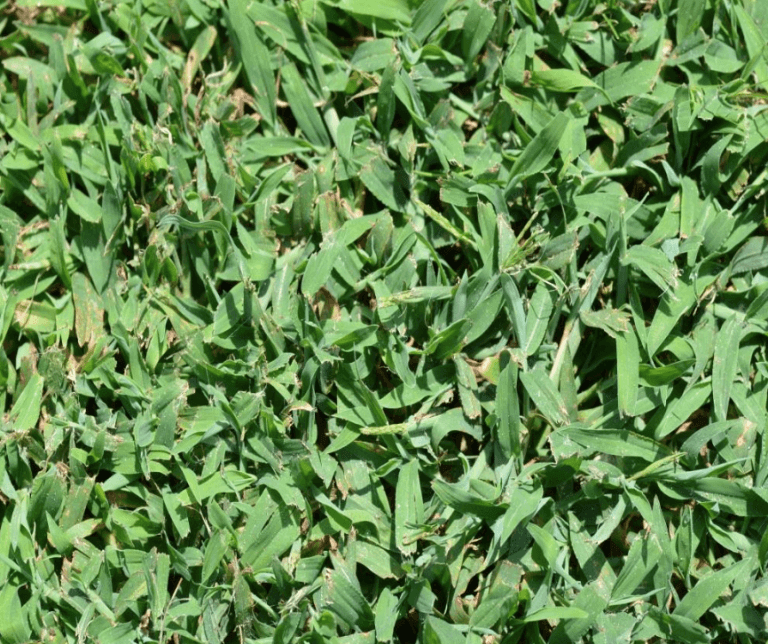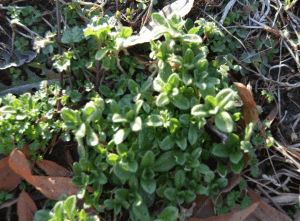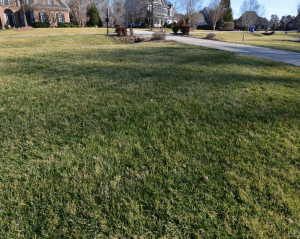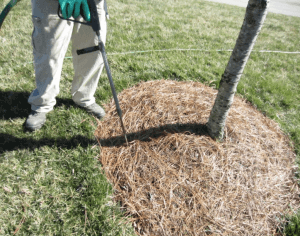Pre-Emergent Crabgrass Control Crabgrass will usually start to germinate in late March or early April throughout the Transitional Zone. Germination will occur when soil temperatures are about 53 degrees and 3 to 4 inches deep. Crabgrass germination will be seen first in bare spots with little desirable turf and in full sun. The first application… Read more »

Crabgrass will usually start to germinate in late March or early April throughout the Transitional Zone. Germination will occur when soil temperatures are about 53 degrees and 3 to 4 inches deep. Crabgrass germination will be seen first in bare spots with little desirable turf and in full sun. The first application must be completed before Crabgrass starts to germinate. It is always best to control Crabgrass, when
Pre-emergent starts to break down around mid-July. The pre-emergent breaks down so fescue seeding can start around the end of August. Early Crabgrass breakthrough, after proper pre-emergent applications, can be contributed to low mowing heights, thin areas in the lawn and aggressive edging along sidewalks and driveways.

The most appropriate time to treat these weeds is when they are young and actively growing. They become difficult to control once they start to flower.
Broadleaf weed control could be difficult this spring due to many Fescue lawns being thin and not completely tillered. Tiller simply means the fescue plant adds additional leaf blades thickening the plant and increasing the ability to compete against broadleaf weeds. In addition, sometimes less effective post-emergent weed controls need to be used to decrease the chance of injuring the immature grass. The more difficult weeds will be controlled once the turf matures enough to handle the more aggressive weed controls.
Research has proven that maintaining a mowing height of 3½” – 4” on fescue drastically reduces the amount of crabgrass in the lawn. Mowing at this height will also help promote healthy turf and help control broadleaf weeds.

Fescue turf may have received desiccation of the leaf tissue during the winter months (a yellow or brownish color on the leaf blade). Frost damage causes the tips of the blade to turn yellow, giving the lawn an overall yellow color. This is caused when the moisture in the grass blades freezes and ruptures the cells at the tip of the blades. This will grow out and be cut off with mowing as spring arrives and temperatures become more favorable for Fescue growth. An increase in temperatures along with the early spring application will help the plant recover and flourish. However, there are a few turf diseases in the winter that could be the cause too.
Try to leave Fescue a little taller going in to winter. This will provide a slightly longer desiccated leaf tip to be cut off on your first cutting giving the lawn a greener start in the spring.

Warm season turf like Bermuda, Zoysia and especially Centipede can sustain damage during the winter in the Transition Zone. This can occur from extended periods of very cold air and ground temperatures. These types of grasses are grown in warm often full sun areas of the country and world and do not have the ability to survive the conditions mentioned above. However, excellent breeding programs have given us varieties that are able to handle difficult climatic conditions much better. This does not mean they are immune to injury or damage.
Conditions that increase the possibility for winter injury or damage:

Time is running out to take advantage of Deep Root Fertilization on ornamental trees and shrubs, which is a key horticultural practice for overall tree and shrub health. A probe is inserted into the feeder root zone and releases a slow releasing fertilizer with Iron. This is done in late winter or very early spring. Only one application, when utilizing the proper rate, is needed to feed the plant through the entire growing season. Many people feel if they feed their valuable ornamentals they will grow more vigorously. However, this is not the case with this type of fertilization. This long chain fertilizer acts more like a nutritional vitamin for your plant not a growth stimulator. This will help the plant recover from winter stress along with natural insect and disease resistance.

February and March are great times to prune
A few other ornamentals to prune now: Many varieties of Camelia, Rose of Sharron, Butterfly Bush and Nandina.
Time is running out to save 7% on your annual programs. This is an excellent opportunity to save 7% on your annual programs. Thank you for your business.
In our continued effort to improve and deliver the best possible turf and ornamental management service, we will be moving to a more efficient method of communication. Fairway Green will be implementing an email/text notification system in the coming months. The notification will be used for invoicing after service, important alerts pertaining to your lawn and contact before service for customers. This new notification system will help us service your lawn in the most efficient and effective way possible.
Please help make this transition as smooth as possible and update/correct your cell number and email addresses in our system.